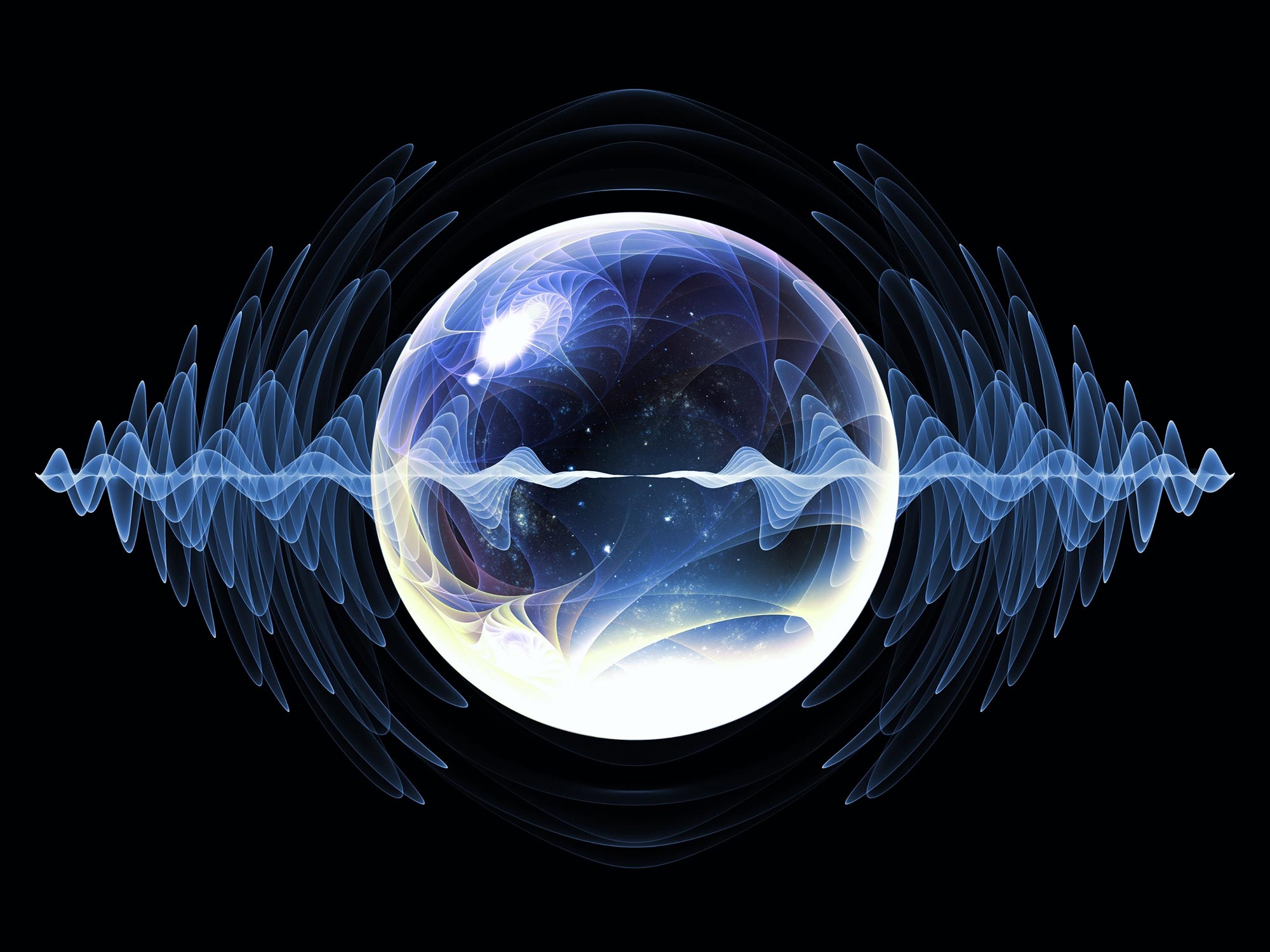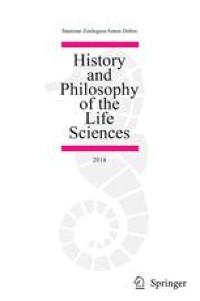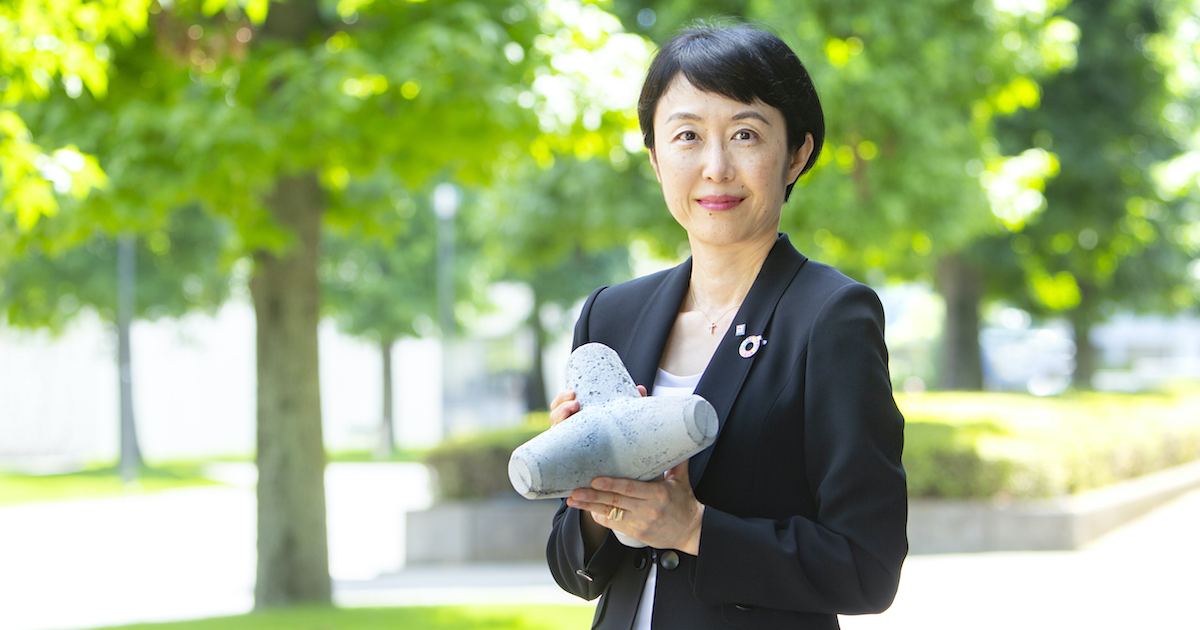
Viewers of Quantum Events Are Also Subject to Uncertainty
Imagine standing on a railway platform watching a trolley go past. A girl on the trolley drops a bright red ball. To her, the ball falls straight down. But from the platform, you see the ball traverse an arc before hitting the trolley floor. The two of you observe the same event, but from different reference frames: one anchored to the trolley and the other to the platform.
The idea of reference frames has a storied history in classical physics: Isaac Newton, Galileo, and Albert Einstein all relied on them for their studies of motion. A reference frame is essentially a coordinate system (a way of specifying positions and times relative to some zero point, or “origin”) that might itself be in motion. Einstein used reference frames to develop his theories of relativity, which revealed that space and time are not fixed backdrops to the universe, but rather elastic entities that can stretch, scrunch, and warp.
But quantum physics has for the most part ignored reference frames. Alice and Bob, the fictional observers in many experiments in quantum physics, typically have different physical locations, but they’re assumed to have a common reference frame. This is now changing. Quantum physicists are realizing that they can’t ignore the fact that the reference frame Alice is anchored to (akin to the trolley or the platform) might have multiple possible locations at once. Or that the clock Bob is using to measure time might be subject to quantum uncertainty.










%20copy.jpg)










